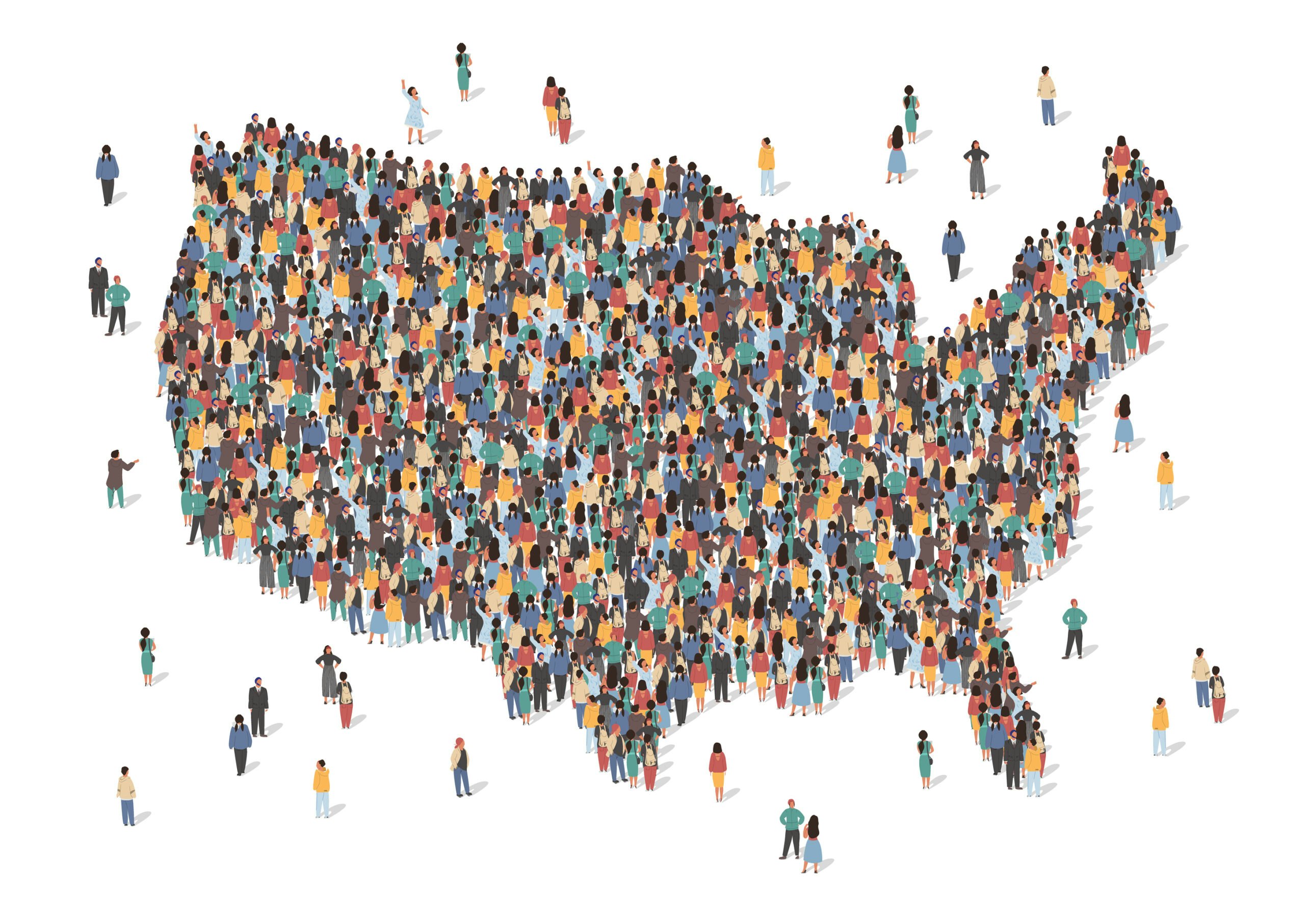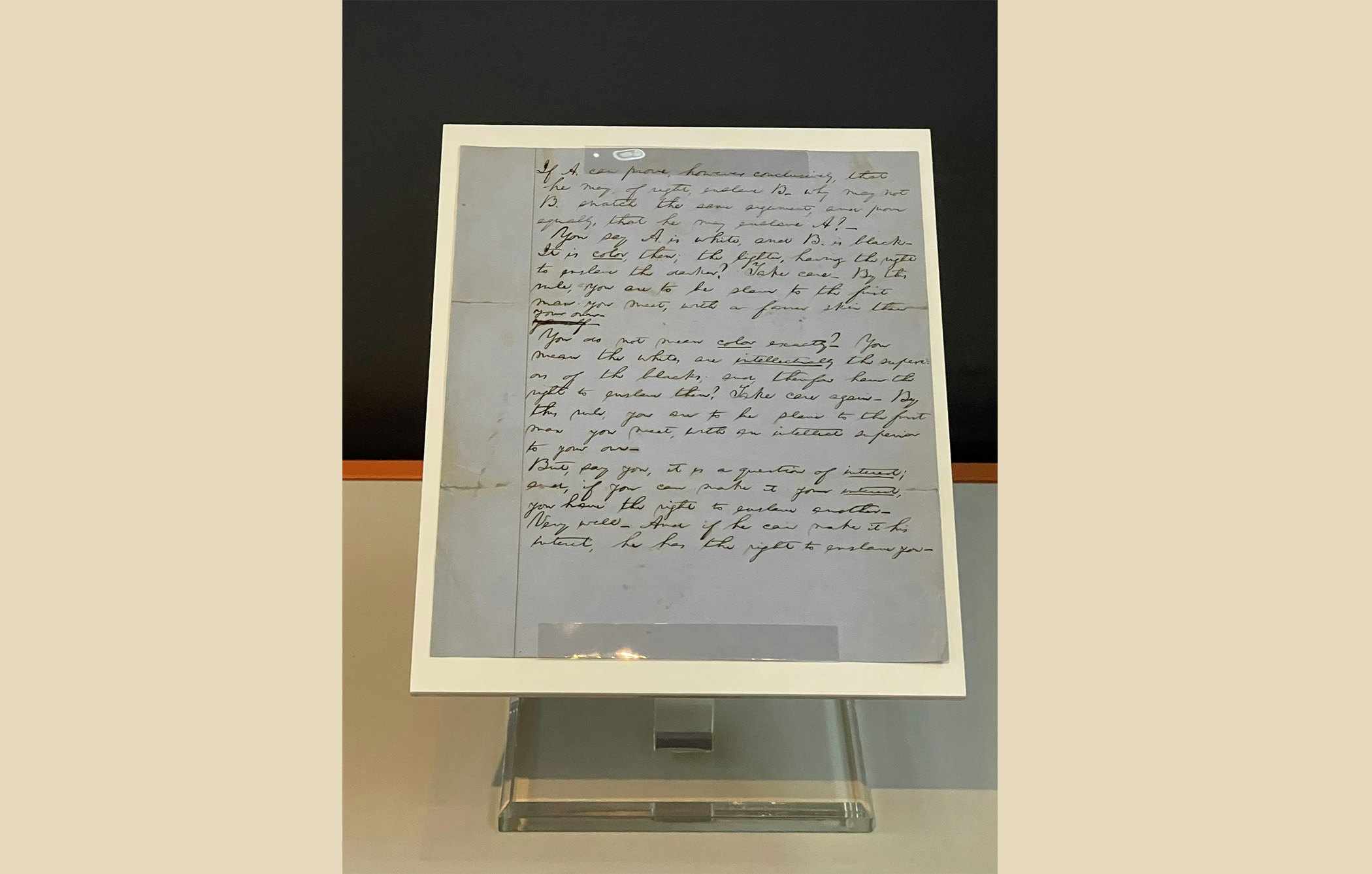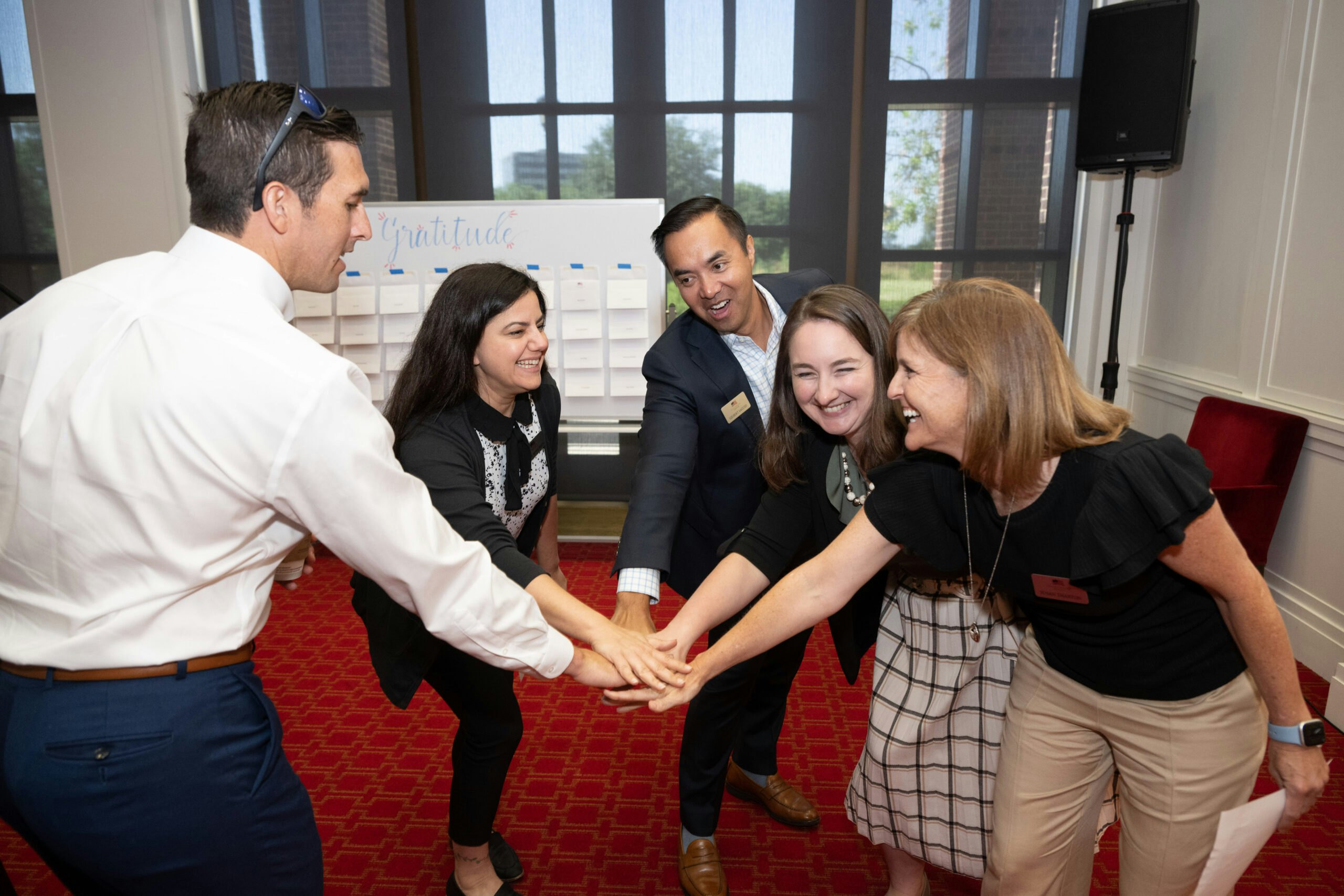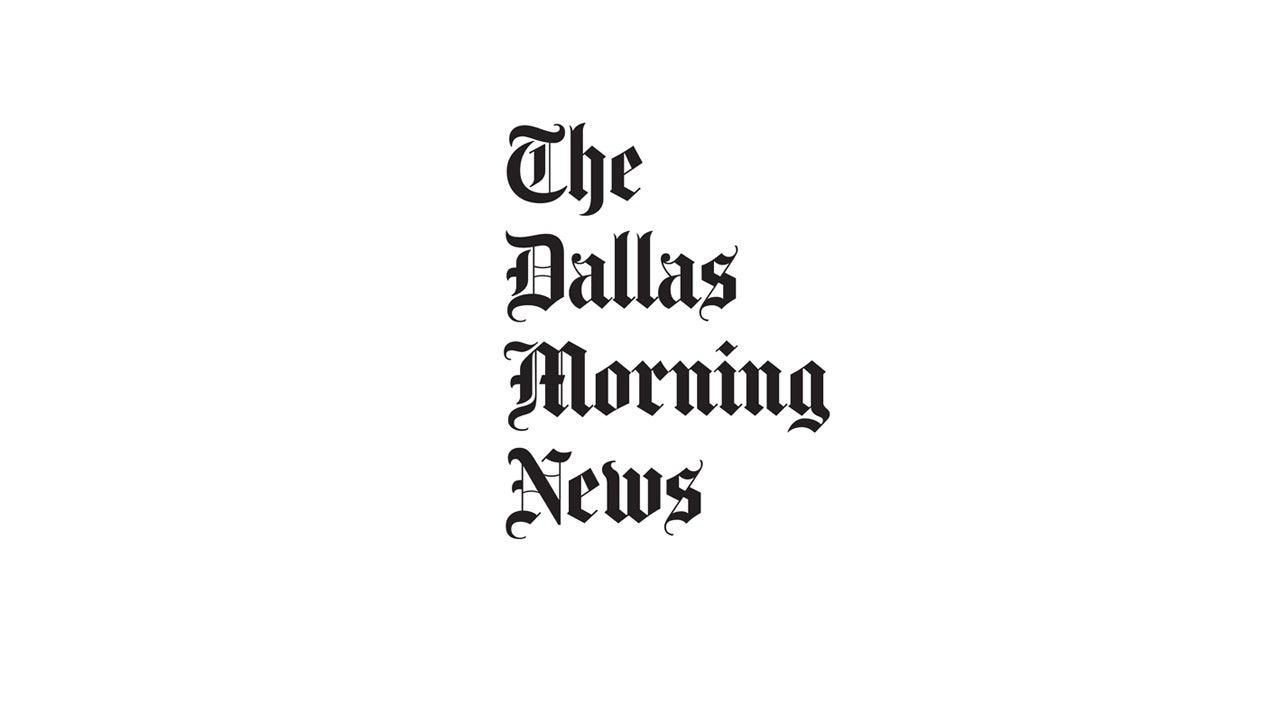The term “news deserts” has earned a place in today’s media lexicon, thanks to studies that show more than 200 counties across the country lack a community newspaper, local digital site, public radio station, or ethnic publication.
Now, though, we have another phenomenon to fret over: double deserts. Steven Waldman, founder and President of the Rebuild Local News Initiative, describes these parts of the nation’s physical landscape as lacking a local news outlets and adequate access to the internet. About half of the news deserts Abernathy has identified are broadband deserts, according to research by Christoper Ali, a Penn State University telecommunications professor. Broadband Now, a data technology company, reported in November that at least 42 million Americans lack access to the web.
Two documents illustrate the problem in Texas. This broadband map shows the regions of the state where communities are unserved or underserved in terms of internet access. This local news map highlights where counties have no community news source. A quick glance shows that parts of West Texas and South Texas fit into the unfortunate “double desert” category. (This map depicts the nationwide impact of this phenomenon, which is more acute in rural and low-income areas.)
The two-fold whammy poses a threat to the health of these communities but also to our democracy. For one thing, how do citizens even know who’s running for a city or county office if their community does not have a local source of journalism and voters in the town lack sufficient access to the internet?
Sure, there’s word of mouth. But we know how reliable that can be. Ever play that telephone game where one person reports what they have heard, passes that information along to the next person, and then the chain goes on and on until the last person receives what is likely a different story than the original source provided? In a word-of-mouth world, misinformation – the unintentional spreading of falsehood – and disinformation – the deliberate sharing of lies – becomes a real challenge.
Social media certainly is a modern incarnation of word of mouth. As such, it has its own problem with verifiable information. Depending upon the source, posts on social media may or may not be factual.
Of course, television news can reach places that lack local news sources and adequate broadband. But TV stations may broadcast from miles away, so they may or may not report about double-desert towns in, say, West Texas.
What’s more, residents without a local news operation are likely to turn to national news outlets, particularly cable stations that confirm viewers’ biases. The narrowcasting of cable outlets thrives upon conflict and partisan views and hardens bunker mentalities. Viewers are more likely to encounter rage than a presentation of facts and informative reporting.
The way forward requires addressing both the local news aspects and the broadband deficiencies. The Bush Institute has highlighted several ideas to bolster local news operations, including in rural America.
To expand broadband access, Congress passed the Digital Equity Act in 2021 as part of the larger Infrastructure Investment and Jobs Act. Then-Senator Rob Portman, a Republican from Ohio, hailed the digital measure’s efforts to further bridge the divide between those Americans with adequate broadband and those without sufficient access.
States are now finalizing plans that will guide their distribution of funds to local “anchor institutions” and “trusted community partners,” such as fire departments, local schools, and housing authorities. In turn, those entities will provide access to the internet for people in their communities. (Local newspapers themselves could serve as a community partner.)
However it’s done, the goal is to connect citizens digitally and help them participate in public life, as Waldman says. That includes gaining access to digital journalism sites, where reporters are trained in collecting information, checking it for accuracy, hearing multiple sides of a story, and reporting corrections when they make mistakes.
As a society, we need to solve for both ends of this 21st century information challenge. Without broadband, citizens may lack access to local government information. Without a local news source, citizens lack journalists to assess the reliability of information from their local government.
Make no mistake: Curbing the double-desert phenomenon will be complex and won’t be achieved overnight. But it is one way to control the spread of false information, whether about the wars unfolding in Europe and the Mideast, the 2024 elections, the latest in science, or events happening in our towns.
It’s also a sure way to improve democratic participation. Studies show that expanding broadband coverage leads to greater civic engagement. On the flipside, studies reveal that a decline in local news outlets leads to lower voting rates in local elections.
We have a lot riding on meeting this dual challenge.





























